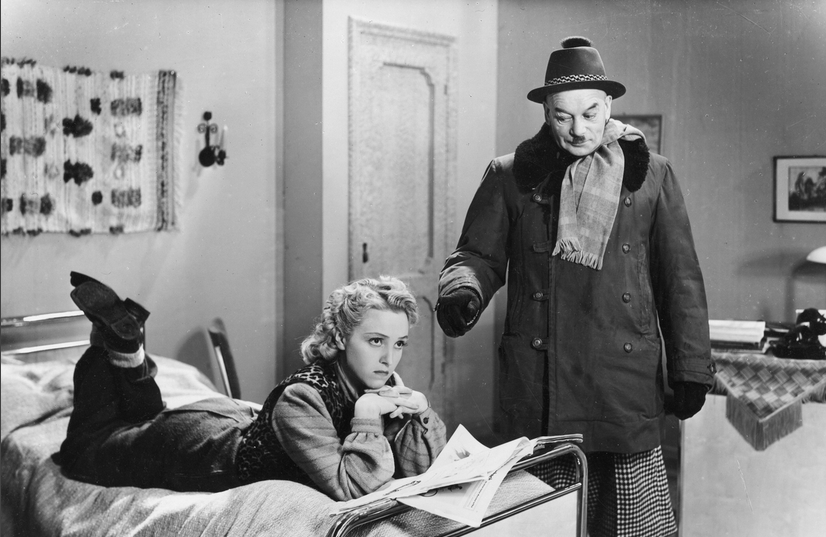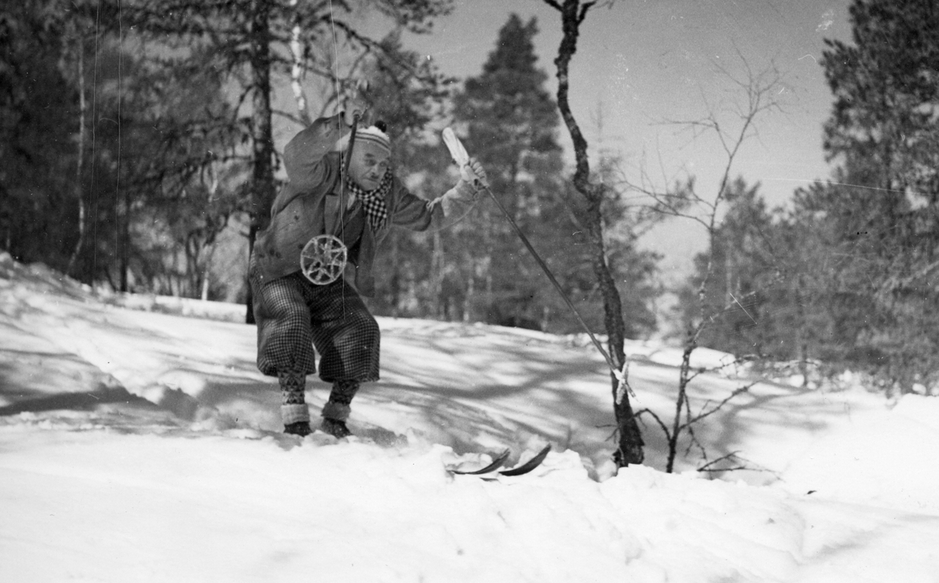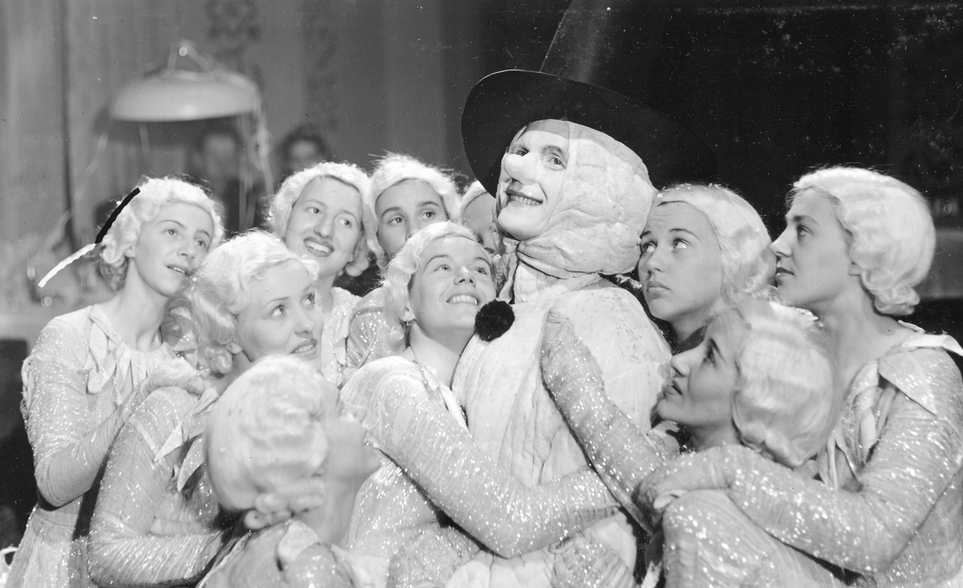
On leave from the battlefront, officers Ryhmy (Oiva Luhtala) and Romppainen (Reino Valkama) try to head for Helsinki on a train, but are briefly discommoded because the last carriage has become detached. Onboard the train, the mysterious beauty Dora (Kirsti Hurme) tries to buy stolen papers from the shady-looking foreigners Kars (Santeri Karilo) and Virt (Sasu Haapanen), who throw Dora off the train.
In Helsinki, Ryhmy and Romppainen encounter Dora at a club, but are pursued by Santa Rosa (the fiercely over-acting Ville Salminen), an Argentinian journalist who thinks they are the thieves of the missing papers. Before long, the officers, the mysterious Dora, and the two foreigners are playing a game of cat-and-mouse across Helsinki, alternately double- and triple-crossing one another. Eventually all are arrested by Colonel Rastola (Paavo Jännes) who is inconsolable about his missing documents. When it is revealed that Dora is in fact his daughter, Ryhmy reveals that he has been hiding the papers in his boot, and hands them over.

The first, but by no means last of a sub-genre of espionage movies to arrive in Finnish cinemas in the 1940s, Ryhmy and Romppainen’s concentration on an urban chase for a McGuffin seems born of the doubt among producers as to whether or not Finland would be at war when the film was released. Similarly, the concentration on vaguely defined “international ruffians” avoided a plot that might allude directly to the recent Winter War, or indeed the chances that Finland might be obliged to play nice with Russians at some future date. Consequently, producers at Suomi-Filmi chose to adapt the second of Armas J Pulla’s popular series of novels, in which two hapless soldiers somehow get to win medals and have adventures without ever really being in danger. Such larks were a feature of the Ryhmy and Romppainen books, the first ten of which enjoyed their heyday during the war, with five tardy sequels stretching into the early 1960s. With a dynamic not unlike the much-loved Lapatossu series, prints of which were a popular choice among soldiers at the front, Ryhmy and Romppainen is also a clear inheritor of the carnival celebration of military life to be found in many other films, including Red Trousers and Kalle Kollola, Cavalryman.`
The film features a long musical interlude at a masked ball in South American costume, all castanets, sombreros and cacti, which gives the cast a chance to dress up in ever more ridiculous get-ups.

Ryhmy and Romppainen were remarkably pacifist heroes, preferring to off their opponents Asterix-style with a dizzying club to the head, rather than a spurt of deadly machine gun fire. The books were also notable for the character of Natalia Vengrovska, a Soviet commissar hell-bent on catching her Finnish nemeses, but also struggling with her romantic feelings towards Ryhmy. This femme fatale was obviously a part that Kirsti Hurme was born to play, as indeed she did in the second film, all previous casting as the Colonel’s daughter forgotten. The second film, however, Yes and Right Away (1943) managed to fall foul of the censors in both Helsinki and Moscow, who objected, each for their own reasons, for the portrayal of Russian soldiers as harmless idiots. A similar blight afflicted the original novels, many of which were withdrawn from Finnish libraries, in spite of their popularity, because they presented the Soviet enemy as buffoons, and not a foe to be feared.
Lifting some plots and ideas from the second novel in the series, Ryhmy and Romppainen can be quite confusing – the press of the day singling out the need for the audience to fill in several gaps in the narrative themselves, otherwise it made no sense. The smoldering Kirsti Hurme is wasted in her role as the colonel’s cloaked and usually clueless daughter, and there are some frankly unnecessary bits of business with a pointless pet that just drag out the time.
Jonathan Clements is the author of A Short History of Finland. He is watching all the Finnish films, so you don’t have to.































